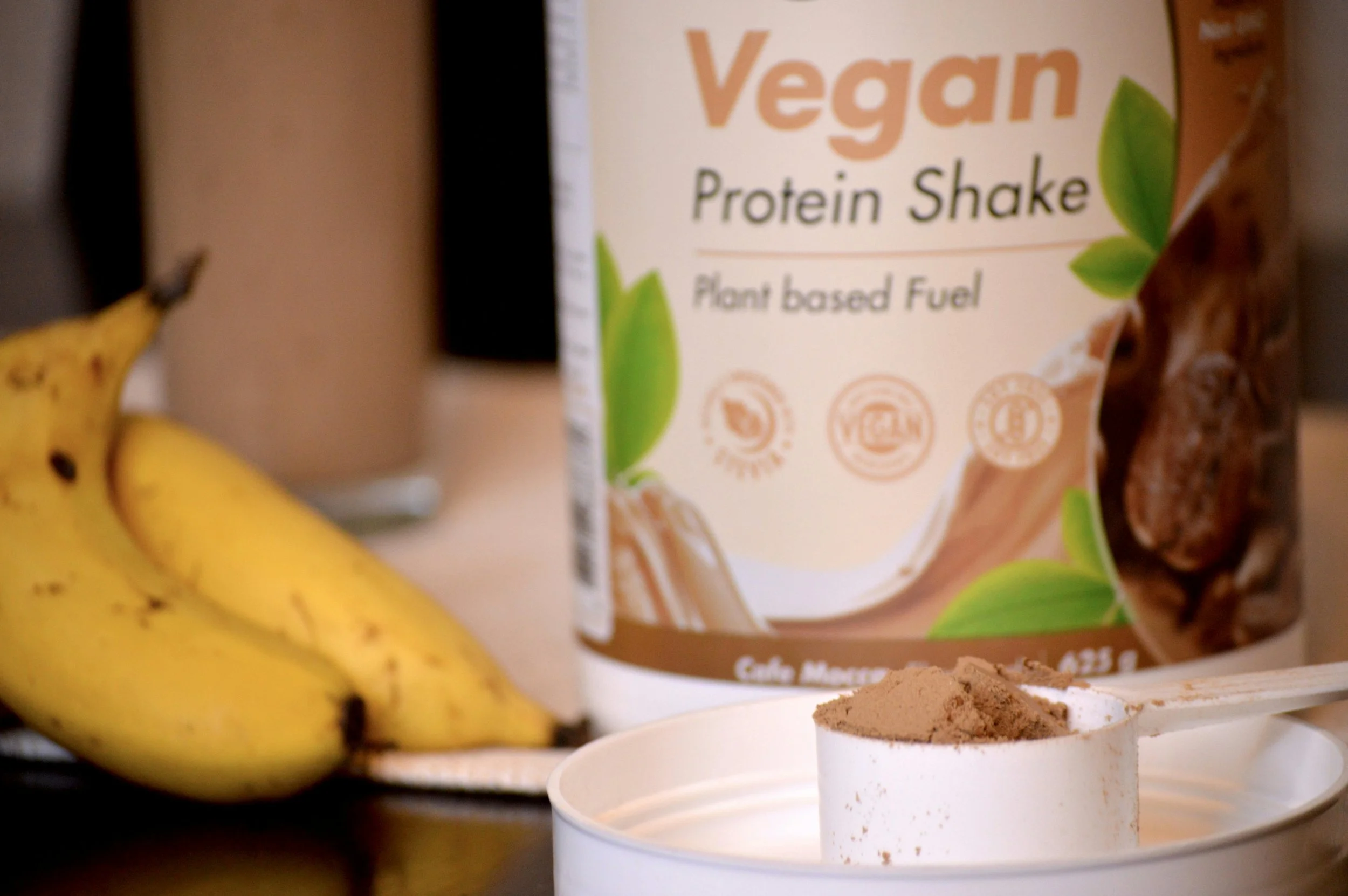The term “evidence-based training” gets thrown around a lot. But what actually makes a coach evidence-based? Reading studies? Having a kinesiology degree? Posting PubMed screenshots on Instagram?
True evidence-based practice goes far beyond quoting research. It is about combining the best available evidence with real-world experience and applying it to the needs of the person in front of you. Too often, that third piece gets ignored.
Foundations First: Coaching Is a Skill, Not a Certificate
You cannot replace lived experience and movement literacy with citations. A coach should know how to move well, demonstrate patterns clearly, and teach with purpose. That takes time under the bar, time on the floor, and years of refining their craft.
You can have a kinesiology degree and still not know how to coach a hinge or assess a client’s squat depth.
At Avos Strength, every junior coach goes through a structured three-month mentorship. They do not just learn protocols. They shadow real sessions, practice cueing, and refine how they coach. Because knowing the “why” is not enough. You also need to know how to deliver the “how.”
Shadowing Matters: Who You Learn From Shapes How You Coach
There is nothing wrong with being new. But good coaches are forged through time, mentorship, and reps.
I shadowed for years without getting paid. Why? Because that is how you build the craft.
Watching seasoned coaches, asking questions, getting feedback, and coaching real people is where you truly grow.
If you are looking to work with a coach, ask:
Who did they learn from?
Do they train themselves?
Do they continue to shadow and learn?
Education without application is just theory.
Yes, the Research Matters. But Know What It Really Says
Let’s be clear. The research is valuable. But it must be understood in context.
Take hypertrophy. For years, people believed you had to train in the 6 to 12 rep range to build muscle. But newer research shows you can build muscle at a wide variety of rep ranges, as long as effort and volume are managed properly.
That means the “best” rep range is the one that fits the person’s goals, experience, and recovery capacity. That is where coaching comes in.
The Bottom Line: Coaching Comes First
Evidence-based is not a title. It is a practice. And that practice only works when you have coaches who understand movement, know how to teach it, and apply research with intention.
If you are a client, look for a coach who:
Moves well and teaches movement clearly
Understands the research but does not hide behind it
Has put in time shadowing and learning from experienced professionals
Tailors training to your needs, not just to a textbook
If you are a coach, do the real work. Don’t just quote studies. Learn to coach.
Want to Train with Coaches Who Walk the Talk?
At Avos Strength, we believe in continuous learning and real-world coaching. Every coach trains hard, studies smart, and stays on the floor. We do not just say we are evidence-based. We prove it in every session.
Click to Start Training with Us






